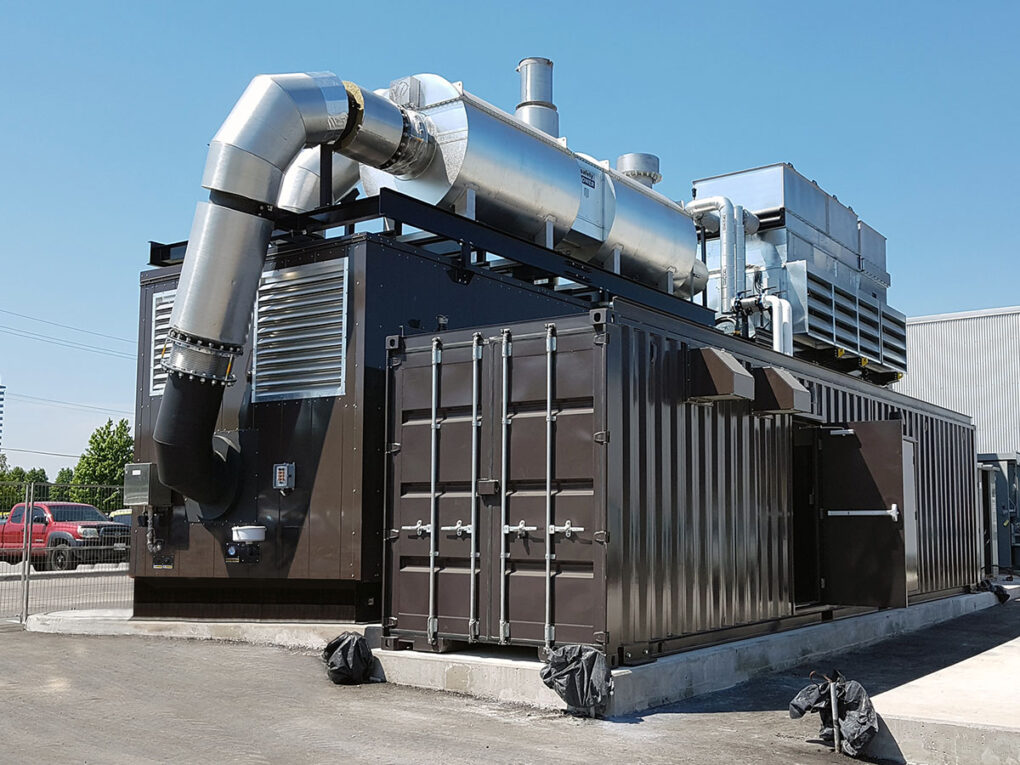The Combined Heat And Power (CHP) market is estimated to be valued at US$ 26.98 Bn in 2023 and is expected to exhibit a CAGR of 8.8% over the forecast period 2023 to 2030, as highlighted in a new report published by Coherent Market Insights.
Market Overview
Combined heat and power (CHP), also called cogeneration, is the concurrent production of electricity or mechanical power and useful thermal energy (heating and/or cooling) from a single source of energy. CHP is a highly efficient process because it fully utilizes the energy available in fuels by sequentially harnessing heat that would otherwise be wasted in conventional systems. Common fuels used in CHP systems include natural gas, biogas, biomass, coal, waste heat, and oil. CHP offers improved efficiency and reduces emissions by capturing heat that would otherwise be lost. It serves various applications ranging from industrial processes to district heating to residential buildings.
Market Dynamics
Increased demand for energy efficient power generation is expected to drive the growth of the CHP market over the forecast period. CHP systems provide significantly higher fuel utilization compared to separate generation of heat and power as they capture heat that would otherwise be wasted. This reduces the carbon footprint of power generation. For instance, a gas turbine CHP system can achieve an overall efficiency of over 80%, compared to 50% for a conventional system. Moreover, the ability of CHP to provide both heat and power from a single fuel source makes it an attractive option for facility managers aiming to reduce energy costs. Furthermore, initiatives to decrease dependence on fossil fuels and shift towards cleaner energy will promote adoption of CHP as it enables usage of renewable and waste energy sources. Fuel flexibility of CHP systems allows utilization of biomass, biogas and municipal solid waste for distributed generation.
Rise in industrialization and stringent regulations regarding carbon emissions are also expected to boost the CHP market growth. Industries requiring both electricity and process heat make CHP highly viable as it can significantly lower their energy costs. Growing industrialization in developing nations, coupled with performance-based incentives for clean power will drive large-scale adoption of CHP. Various governments offer tax incentives and subsidies for combined heat and power projects to promote energy efficiency and carbon mitigation. This
SWOT Analysis
Strength: Combined Heat and Power (CHP) provides higher energy efficiency by capturing waste heat that would otherwise be wasted. It reduces energy costs for the user. CHP systems are reliable since they allow on-site power generation with minimal transmission losses. They are modular in design and can easily scale up or down based on load requirements.
Weakness: Initial capital costs of installing CHP systems are high compared to separate heat and power systems. They require higher maintenance costs. The technology is complex with multiple components that require qualified personnel for operation. Finding used parts can be difficult for older units.
Opportunity: Stringent emission standards and regulations provide impetus for industries and commercial buildings to adopt cleaner and efficient CHP technologies. Growing awareness about energy efficiency and carbon footprint reduction presents market opportunity. Incentives and tax credits by governments promote wider adoption of CHP systems.
Threats: Fluctuations in fuel prices affect the operating costs of CHP systems. Large utility companies pose threat as they resist distributed generation trend. Rapid technology changes in the power industry threaten older CHP systems.
Key Takeaways
The Global Combined Heat And Power (CHP) Market is expected to witness high growth, exhibiting CAGR of 8.8% over the forecast period, due to increasing demand for reliable and sustainable power from industrial and commercial sectors. CHP systems provide facilities significant savings through higher energy efficiency.
Regional analysis: North America dominated the global CHP market in 2023 with a share of around 35%, led by United States. The region exhibits high adoption due stringent emission norms. Asia Pacific is expected to grow at fastest pace during the forecast period due to rising energy needs of developing economies such as China and India as well as incentives by governments.
Key players operating in the Combined Heat And Power (CHP) market are Wartsila, Siemens, GE, 2G Energy, Aegis Energy Services, Bosch Thermotechnology, Kawasaki Heavy Industries, Viessmann Werke, FuelCell Energy, Veolia, Clarke Energy, CAPSTONE TURBINE, Caterpillar, Yanmar, ABB, Edina, Wolf GmbH, Atlas Copco, Tecogen Inc. These players adopter strategies like partnerships, acquisitions and new product launches to strengthen market position.
*Note:
1. Source: Coherent Market Insights, Public sources, Desk research
2. We have leveraged AI tools to mine information and compile it

